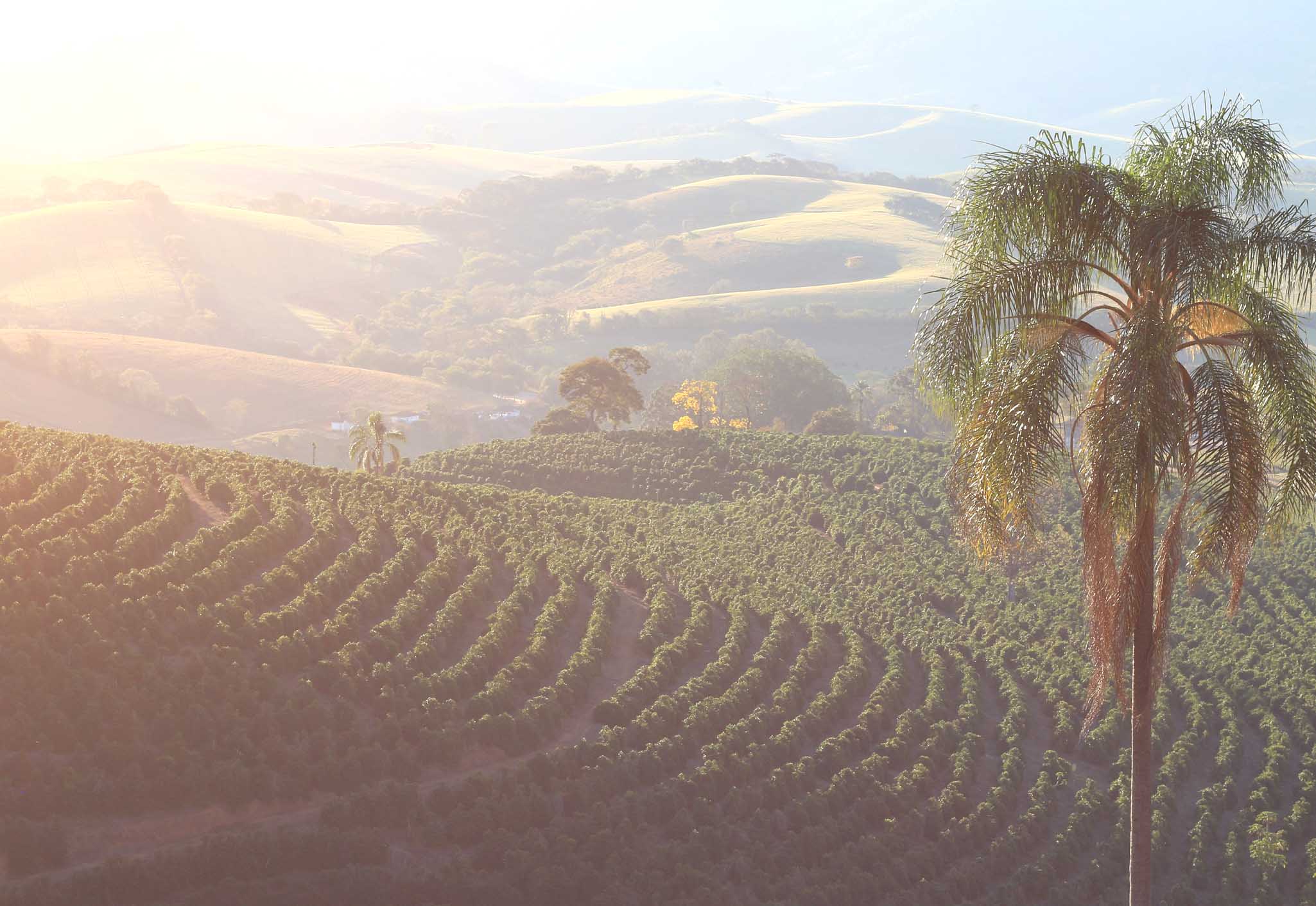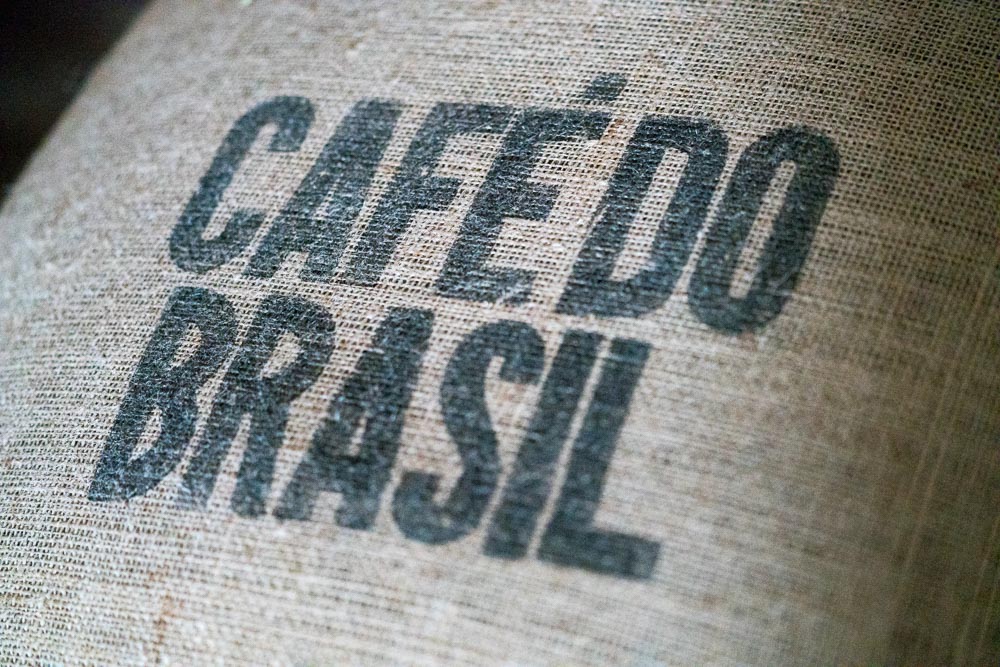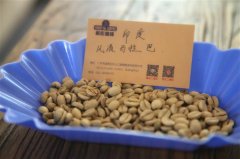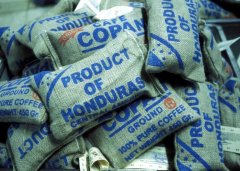The reason why Brazil is rich in coffee beans high-quality coffee flavor characteristics Brazil coffee bean output first in the world
Some of the most popular coffee in the world originated in South America, and perhaps no country in the region does better than Brazil. Brazil has been the largest participant in the international coffee trade since the 1840s. Today, the country produces 40 to 60 million bags of coffee a year and is the world's largest exporter of instant coffee.

The coffee grown in Brazil is mainly Arabica coffee, accounting for about 80% of the total output. The harvest season lasts from May to August.
Brazil's coffee industry is still the world's largest coffee producer.
Brazil's coffee industry remained the world's largest coffee producer in 2017. Brazil has dominated the global coffee market for more than 150 years. Today, in addition to becoming the world's largest coffee producer, Brazil is also the largest coffee exporter, accounting for 1/3 of the world's total coffee production each year. Brazil's leading position in global coffee production is mainly due to the country's large acreage, suitable climate and the cultivation of two main coffee beans, Arabica and Robusta. Although coffee production has declined in recent years, Brazil's leading position in the global coffee market remains unchallenged.
Brazilian coffee is considered to be one of the best coffee in the world, in large part because of its low acidity. In terms of coffee exports, this is very profitable for the US market. Americans actually import 22% of all coffee exports from Brazil, Germany ranks second with more than 18%, and Italy ranks second with 9.5% of Brazilian coffee exports. Brazil's coffee industry continues to be hugely attractive to the global market in a wide range of regions. Brazil accounts for about 25% of the world's coffee supply. The largest international buyers of Brazilian coffee (in descending order) are Belgium, Japan, Italy, the United States and Germany. Brazil is not only the largest exporter of coffee, but also one of the countries that drink the most coffee.
Because of Brazil's hot climate and vast rolling plains, most of the coffee grown there is organic and grows in large quantities. This, along with the fertile red soil, helps coffee beans thrive on their farms, including our farm in Minas Gerais.

The thing about Brazilian coffee is that people underestimate it, assuming that because the country is the world's largest producer, it means forgetting the flavor. The truth is just the opposite! Brazilian coffee is not only of high quality in the way it is roasted, but also excellent in terms of its special grade flavor. Strong sweetness, which is usually chocolate and caramel, coupled with wine aromas and low acidity, make Brazilian coffee an incredibly ideal product.
It is this high quality and large-scale production speed that has aroused the interest of the United States, which is still the world's largest consumer of coffee. By the 19th century, Brazil exported coffee directly to North and South America, including instant coffee and whole bean varieties. Until the 1920s, Brazil monopolized the international coffee market and began to supply 80% of the world's coffee.
Important Notice :
前街咖啡 FrontStreet Coffee has moved to new addredd:
FrontStreet Coffee Address: 315,Donghua East Road,GuangZhou
Tel:020 38364473
- Prev

How to brew Indian monsoon malaba coffee? History of different regions of India Coffee bean flavor differences
Coffee from the Malabar region of southern India is treated by wind and sun, which will be introduced in the next section of the knowledge popularization and introduction. The acidity of this coffee is low and the taste is very special. Here's how to make this type of coffee. Recommended cooking method: hand brewing filter cup: KONO filter cup water temperature: 87-88C powder amount: 15 g powder water ratio: 1:1
- Next

Honduras coffee producing area estate brand history story introduction Honduras coffee bean flavor taste characteristics
The origin story of Honduran coffee dates back to the late 18th century, when Spanish traders introduced coffee plants to the country. It was not until the early 19th century, when Honduras gained independence from Spain, that the Honduran coffee industry really took off. Even after independence, Honduras's coffee industry remained far behind for several reasons.
Related
- Detailed explanation of Jadeite planting Land in Panamanian Jadeite Manor introduction to the grading system of Jadeite competitive bidding, Red bid, Green bid and Rose Summer
- Story of Coffee planting in Brenka region of Costa Rica Stonehenge Manor anaerobic heavy honey treatment of flavor mouth
- What's on the barrel of Blue Mountain Coffee beans?
- Can American coffee also pull flowers? How to use hot American style to pull out a good-looking pattern?
- Can you make a cold extract with coffee beans? What is the right proportion for cold-extracted coffee formula?
- Indonesian PWN Gold Mandrine Coffee Origin Features Flavor How to Chong? Mandolin coffee is American.
- A brief introduction to the flavor characteristics of Brazilian yellow bourbon coffee beans
- What is the effect of different water quality on the flavor of cold-extracted coffee? What kind of water is best for brewing coffee?
- Why do you think of Rose Summer whenever you mention Panamanian coffee?
- Introduction to the characteristics of authentic blue mountain coffee bean producing areas? What is the CIB Coffee Authority in Jamaica?

